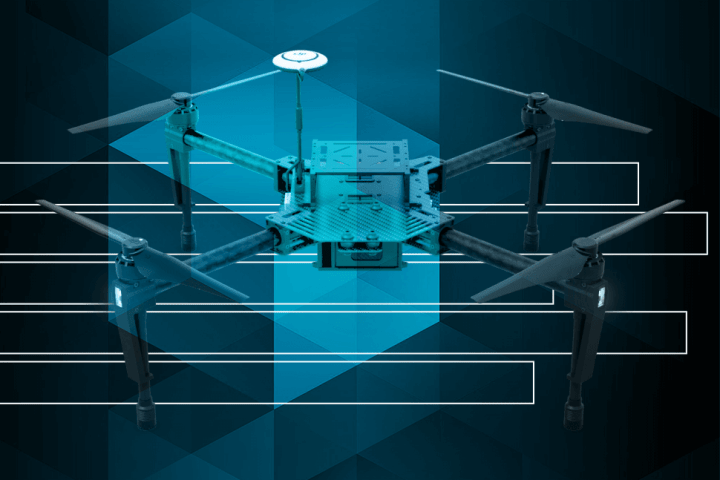
 Winner
Winner
DJI Matrice 100
2015 was a big year for drones. This was arguably the year that the UAVs transitioned from a fringe hobbyist affair and became a full-fledged mainstream phenomenon. Drones are everywhere now, but for all the popularity they’ve gained of the past 12 months, the tech is still very young in the grand scheme of things. We’re just beginning to scratch the surface of what’s possible with autonomous UAVs — which is precisely why we’ve chosen DJI’s Matrice 100 drone as this year’s best ‘Cool Tech’ product.
If you’re not familiar, the Matrice is a drone platform designed specifically for researchers and developers. Unlike the company’s more consumer-focused Phantom or Inspire series drones, Matrice is modular, customizable, and built with a dizzying array of ports, expansion bays, and mounts for adding stuff onto the drone.
In other words, it’s basically a blank canvas that can fly. The idea is that this customizable platform will make it easier for people to experiment with different configurations, and outfit the drone with whatever sensors or attachments they need for a particular job.
The DJI Matrice 100 is basically a blank canvas that can fly.
When the Matrice 100 was first announced, DJI’s CEO Frank Wang said he was “excited to see how researchers and developers will use [the] platform to test how aerial technology can be used for agriculture, inspection, search and rescue, and several other fields.” The drone was purpose-built to push UAV technology forward, and that’s exactly why it’s such a big deal.
It’s already making waves in the industry, too. The drone has only been on the market for about six months, but we’ve seen it pop up in a number of different projects — everything from agricultural surveying to hydrogen fuel cell research to autonomous land management — and that’s just the ones we’ve noticed. The odds are pretty good that the Matrice 100 is doing a hell of a lot more behind the scenes.
Runners up
FormLabs Form 2 SLA 3D Printer

Formlabs’ first SLA printer, the Form 1, was a huge step forward for consumer level 3D printing. It finally brought stereolithography printing to the masses — but unfortunately it was a pain to work with. Lucky for us, Formlabs revisited the design and addressed the major pain points with the Form 2 — arguably the most user-friendly SLA printer ever made.
uBiome (microbiome testing kit)

You know 23andMe? That company that lets you send a DNA sample through the mail and have it sequenced to show all your genetic traits? uBiome is the exact same idea, but instead of DNA testing, this kit lets you analyze your microbiome — aka the trillions of bacteria that live in and on your body. Knowing this information gives you a huge insight into how your body behaves and how to care for it.
 Winner
Winner


